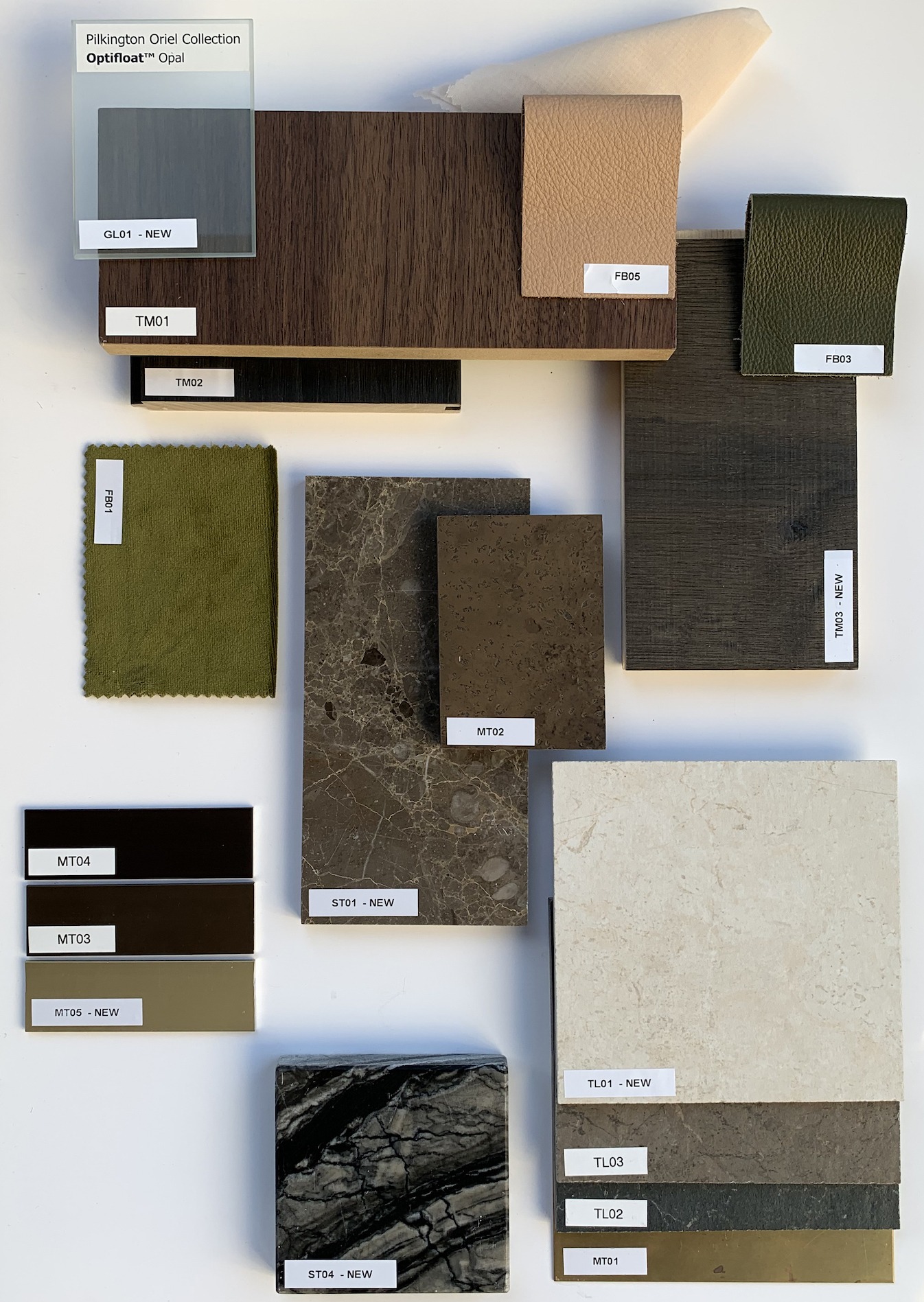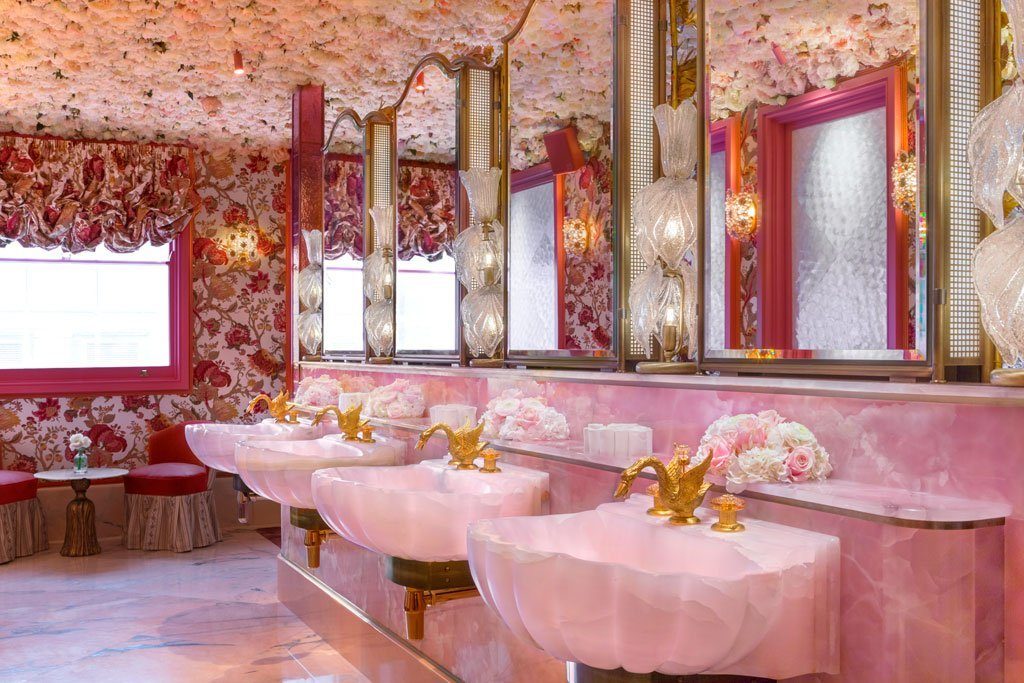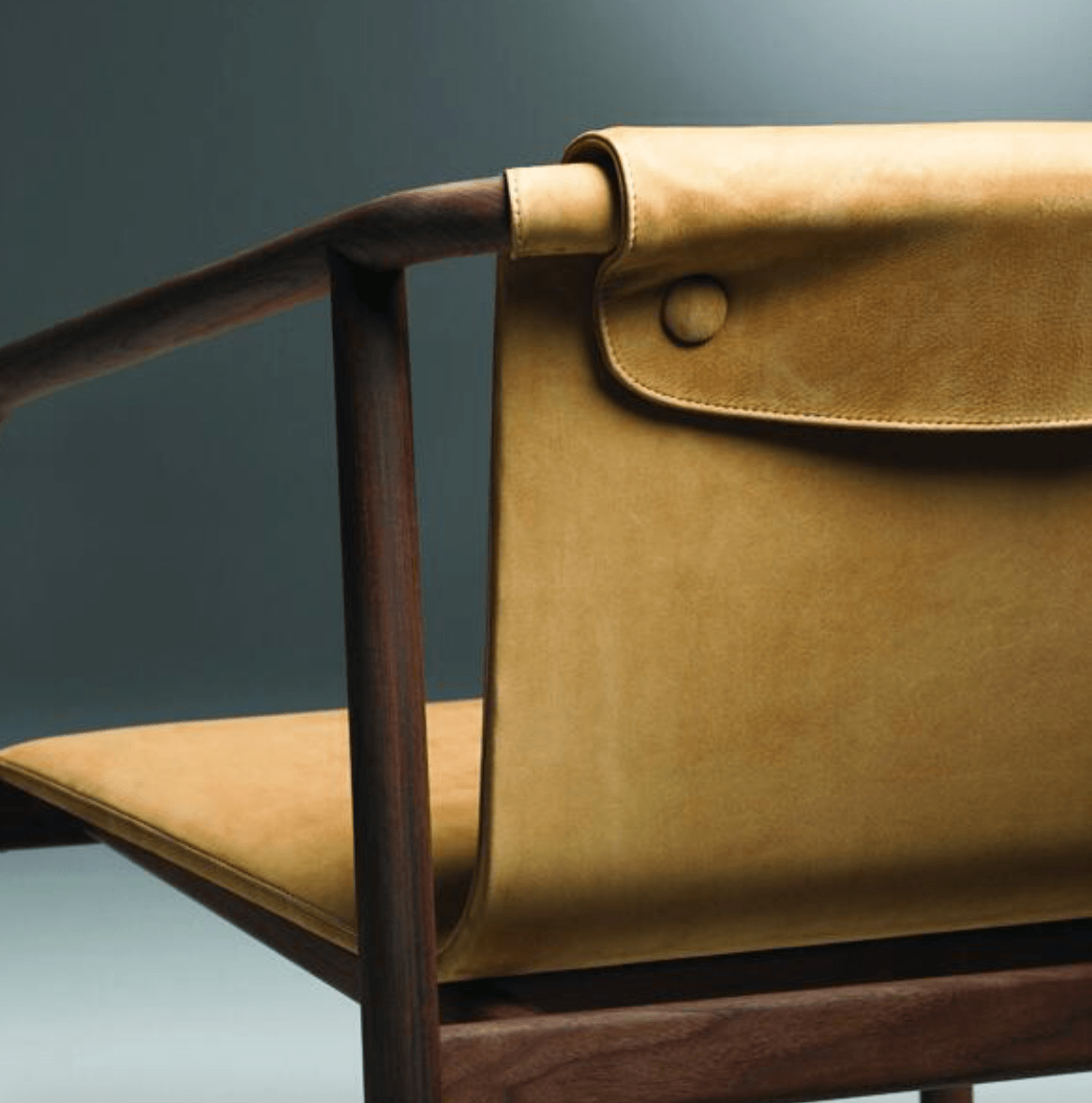Design Tips to Consider for Restaurants
Although great food and stellar customer service are necessary to ensure an enjoyable meal, a restaurant’s aesthetic, i.e., restaurant design and décor, are also essential. The restaurant interior sets the tone and ambiance, all of which contributes to the overall setting and appeal of a customer’s dining experience.
Before we get into restaurant design tips, it is worthwhile to understand how your interior decoration can impact your brand personality, i.e., how your restaurant is perceived. For instance, fine china, linen tablecloths, jazz music set a very different tone than Formica tables, and loud music. This will ultimately affect the kind of customers you want to attract.
Here are some restaurant design tips you should consider:
1. Identify Your Brand Personality Before You Design
The way your target audience perceives your restaurant will be your brand personality. It helps you determine the key elements that go into your restaurant design and theme, such as your silverware, food presentation, employee’s uniform, lighting, and more. We will discuss these aspects in detail, but in order to do so, you must have a clear idea of your brand personality. It sets the tone for each design or décor element in your restaurant.
2. Start with Your Style, Theme, and Colours

Each aspect and design element should complement your style and theme. For example, the décor in a fast-food restaurant is worlds apart from the décor in a fine dining place. Restaurant design concepts can range from minimalistic or exotic or concepts that follow a specific theme, such as a Broadway-themed café.
Colours have a significant influence on perception, mood, and decision-making. Ideally, they should be synchronized with your theme and customer demographic. Lighter colours can make your restaurant feel larger, warm earth tones create a relaxing atmosphere, and bright colours can be used to draw attention to the eyes, for example, at the bar. To emphasize your theme, you can even design your employee’s uniform with your chosen colours.
3. A Striking Entrance Gets the Word Out Faster
New restaurants can often rely on foot traffic to build a customer base. Even if this is not the case, an eye-catching entrance is necessary to set the right impression for your restaurant. Unique front door designs can play into your theme and brand personality while serving as a marketing strategy.
Many restaurants can achieve this through various means such as using neon signs, painting a mural around the entrance, having glass doors and windows to give a sneak peek, using bold colours to stand out from the rest of the neighbourhood, or using outdoor seating to attract pedestrians.
4. Your Seating Capacity Affects Your Ambiance
If you have a small restaurant, you want to make the most of your limited space without overcrowding. A restaurant's layout should strike a balance between a pleasant atmosphere and maximum seating space. In other words, you want to attract sufficient customers to keep you busy and profitable while also making visitors feel at ease.
This also depends on your chosen theme; for example, diners have more seating capacity to accommodate more people, while some restaurants have limited seating to focus more on ambiance and an intimate dining experience.
5. Select the Appropriate Tableware
The plates, glasses, napkins, utensils, and tableware you use are part of your restaurant interior. Formal settings use heavier silverware and fine china, while casual diners can get by easily with plastic silverware and plates.
6. Design Your Bathrooms Too

Your bathroom is a part of your restaurant, which means that your theme or restaurant design should carry into it. Apart from keeping it clean, hygienic, and fragrant, you should use decoration to create a pleasant atmosphere. Candles, chic mirror cases, elegant wallpaper, or complimentary toiletries like hand cream could make a world of difference.
7. Make Your Menus an Extension of Your Brand
Menus play a role in creating the overall image of your restaurant. This includes the font you use, which paper you print your menu on, whether you include pictures of your food and the colour theme it follows. Fine dining restaurants typically don’t have pictures or long, detailed menus, while fast food places do.
8. Keep a Practical Kitchen Layout
The kitchen is the heart and soul of any restaurant. Take the time to make it convenient, practical, and spacious for your staff to work in. An open-plan kitchen with glass doors or windows makes the place brighter and enables customers to peek inside.
9. Make Sure Your HVAC Is Functional
Your heating and cooling systems are essential to creating a pleasant dining experience and promote customer retention. Similarly, a functional ventilation system helps air out the smoke, odours, and heat produced from the kitchen.
10. Consider Restaurant Interior Design Details

Restaurant interior decoration is important to create an atmosphere. Therefore, you can use décor that accentuates your theme, such as hanging plants, bar stools, window frame seating, shelves with hand-painted plates, wall decals, neon signs, pop art, or paintings from local artists, and more.
11. Appeal to the Senses
Dim lighting can turn away many potential customers, whereas warm and bright lights create a welcoming and atmosphere. Similarly, sound and smell are two senses that contribute to a customer’s overall experience. Depending on your theme, you can have ambient, classical music playing or pop or rock music if you’re targeting a younger audience.
Lastly, aromas are essential to creating an appetite. You can use scented candles or air fresheners to keep the space smelling fresh. However, be careful not to overdo it since strong smells can be overwhelming.
In conclusion, these are among the most important elements to remember when it comes to restaurant design tips. Using your customer demographic as a guide to create your theme is one of many ways you can start planning your restaurant design. Keep in mind that you want to improve customer experience through your restaurant interior as much as you would through your menu.
